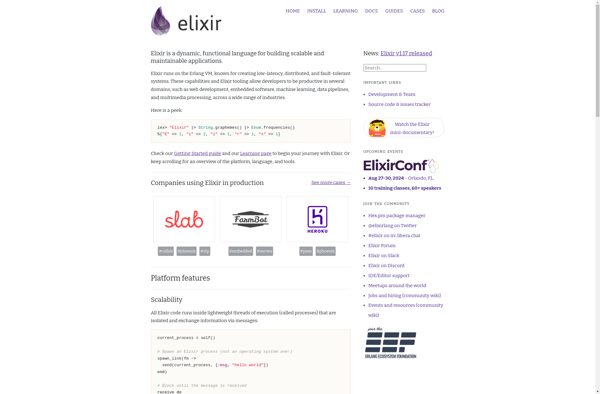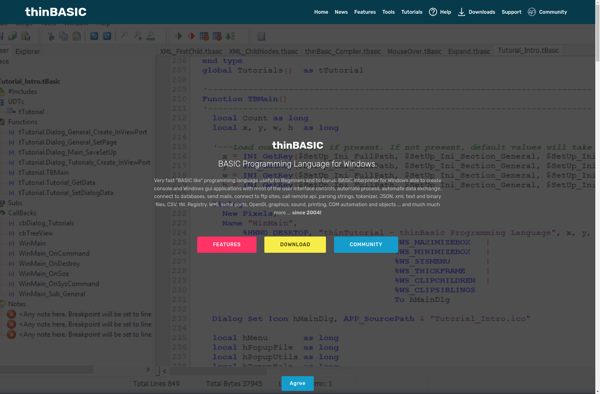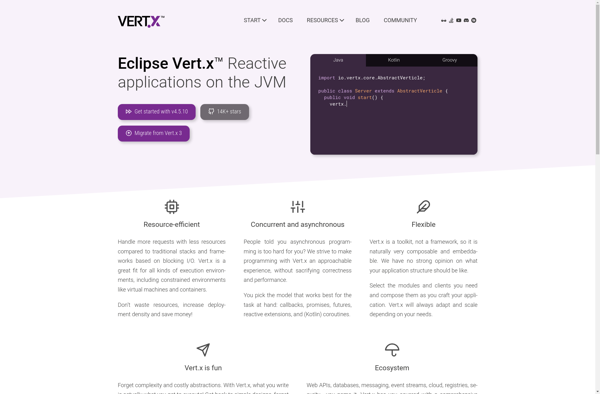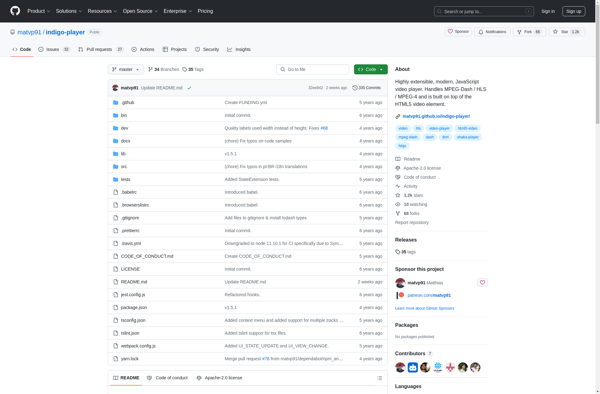Node.js

Node.js: Open-Source JavaScript Runtime Environment
Node.js is an open-source, cross-platform, JavaScript runtime environment that executes JavaScript code outside of a browser. It allows developers to build scalable network applications using JavaScript on the server-side.
What is Node.js?
Node.js is an open-source, cross-platform JavaScript runtime environment that allows developers to build server-side and network applications with JavaScript. It uses an event-driven, non-blocking I/O model that makes it lightweight and efficient.
Some key features and benefits of Node.js:
- Asynchronous and event-driven - All APIs of Node.js library are asynchronous. This makes it non-blocking and highly scalable as it doesn't wait for API to return data.
- Very fast - Being built on Google Chrome's V8 JavaScript engine, Node.js has a fast code execution.
- Single threaded but highly scalable - Node.js uses a single threaded model with event looping. The event mechanism helps the server to respond in a non-blocking way and makes the server highly scalable as opposed to traditional servers which create limited threads to handle requests.
- No buffering - Node.js applications never buffer any data. These applications simply output the data in chunks.
- License - Node.js is released under the MIT license.
Some common use cases of Node.js include real-time web applications, network applications, JSON APIs based applications, single page applications, and as a supporting tech in full stack JavaScript development.
Node.js Features
Features
- Asynchronous and event-driven
- Very fast due to the V8 JavaScript engine
- Uses JavaScript for server-side scripting
- Large ecosystem of open source libraries
- Single threaded but highly scalable
Pricing
- Open Source
Pros
Cons
Official Links
Reviews & Ratings
Login to ReviewThe Best Node.js Alternatives
Top Development and Javascript Runtimes and other similar apps like Node.js
Here are some alternatives to Node.js:
Suggest an alternative ❐Elixir

NoPrint.js

Script#
ThinBasic Programming Language

Nashorn

REBOL

Ceylon

SdlBasic

Crystal (programming language)

Wyvern

Vert.x

Tarantool

ViUR.is
Enonic XP

Pedestal

V8.Net
V8cgi

Pylons Framework

Tokio

Jabaco

Asyncoro

TurboGears

Bitweaver

Willer Framework
Luvit
